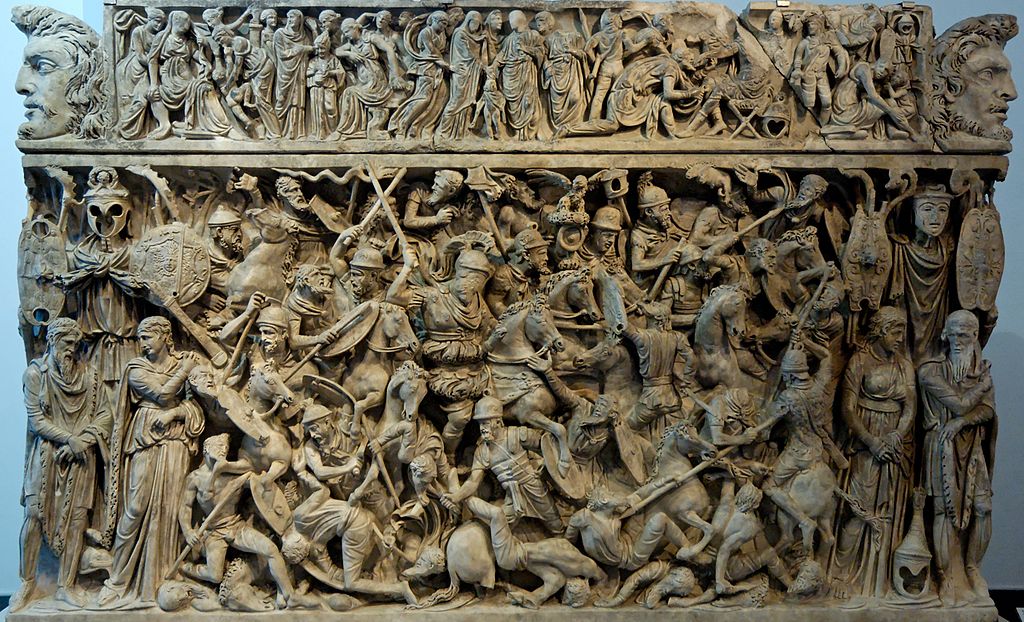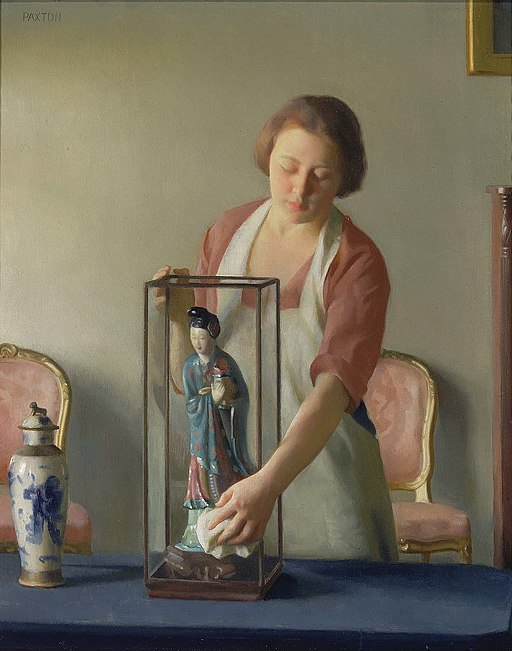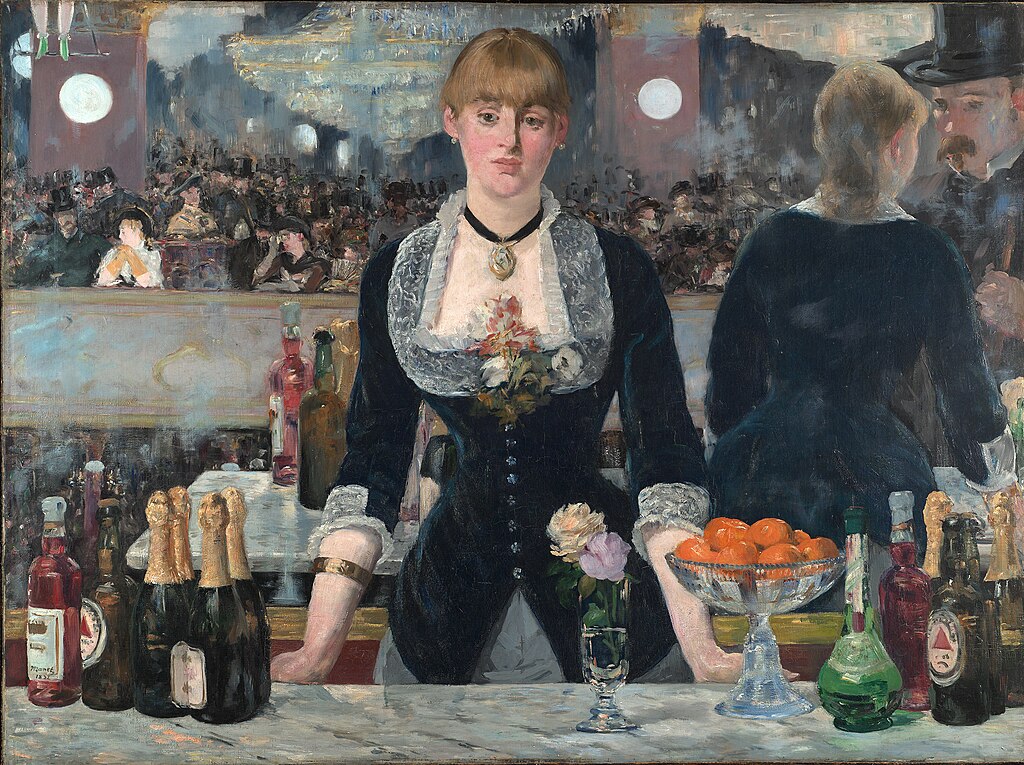
This 3,500-year-old figurine depicts a woman with bare breasts holding a snake in each of her raised hands. It was found at a Minoan archaeological site in Crete.
At the Palace of Knossos by archaeologist Arthur Evans and dated to the Minoan civilization, c. 1700–1450 BCE.
It was Evans who called the figurine a “Snake Goddess,” since then, it has been debated whether the statuette depicts a priestess or a deity.
A number of these types of figurines have been found in house sanctuaries. They appear to be “the goddess of the household.”
The significance of the snakes is not known. However, we do know that the serpent has, in the past, been symbolically associated with the renewal of life.
This idea was developed because it sheds its skin periodically. The figurine’s tiara seems to have an imitation of a panther, which is one of the symbols of an earth goddess.
The figurines may also illustrate the fashion of the dress of the Minoan women. It consists of a tight bodice that left the breasts bare, with a long flounced skirt, and an apron made of a material with embroidered or woven decoration.
The Minoan civilization was the earliest advanced civilization in Europe. The figurine is made of faience, a technique for glazing ceramics by using a quartz paste.
After firing, this process produces bright colors and a lustrous sheen. The faience technique was perfected by the Ancient Egyptians with whom the Minoans had trading contacts.
Minoan Civilization
The Minoan civilization was an Aegean Bronze Age civilization on the island of Crete, which flourished from c. 2700 to c. 1450 BCE, before declining and ending around 1100 BC.
The culture was rediscovered at the beginning of the 20th century through the work of British archaeologist Sir Arthur Evans. The name “Minoan” is derived from the mythical King Minos.
It was coined by Evans, who identified the site at Knossos with the legends of the labyrinth and the Minotaur. The Minoan civilization has been described as the earliest of its kind in Europe.
Arthur Evans
Sir Arthur John Evans (1851 – 1941) was an English archaeologist and pioneer in the study of Aegean civilization in the Bronze Age. He is most famous for unearthing the Palace of Knossos on the Greek island of Crete.
Goddess
The Minoan civilization was also in trading contact with Middle Eastern cultures, especially with Anatolia, where many statues have been found representing a Great Goddess.
A mother goddess represents nature, motherhood, fertility, creation, destruction, or who embodies the bounty of the Earth. When equated with the Earth or the natural world, such goddesses are sometimes called the Earth Mother.
In later Greek civilizations, Ancient Greek Goddesses have been linked with virtues such as beauty, love, motherhood, and fertility.
They have also been associated with ideas such as war, creation, and death. We do not know what attributes were invested in the Snake Goddess by the Minoans.
The most popular Greco-Roman Goddess, who we know a lot more about, came later than Minoan Civilization and included the following attributes:
- Artemis: Goddess of the wilderness, wild animals, virginity, childbirth, and the hunt.
- Aphrodite: Goddess of Love and Beauty.
- Athena: Goddess of crafts, strategy, wisdom, and war. Athena is also a virgin goddess.
- Demeter: Goddess of the grain, agriculture, harvest, growth, and nourishment.
- Dione: An ancient chthonic goddess of prophecy.
- Eris: Goddess of chaos.
- Gaia: Primordial Goddess of the Earth. Most gods descend from her.
- Hecate: Goddess of sorcery, crossroads, and magic. Often considered a lunar goddess.
- Hera: Goddess of family and marriage. She is the wife of Zeus and the queen of the Olympians.
- Hestia: Goddess of the hearth, home, domesticity, family, and the state. Hestia is also a virgin goddess.
- Iris: Goddess of rainbows.
- Nike: Goddess of Victory.
- Persephone: Goddess of the underworld, springtime, flowers, and vegetation.
- Selene: Goddess of the Moon.
Snake Goddess
- Artifact: Snake Goddess
- Date: 1650 – 1550 BC
- Material: Faience or glazed ceramic
- Fide site: Palace of Knossos
- Museum: Heraklion Archaeological Museum
Minoan Snake Goddess
The Snake Goddess – Bettany Hughes (Minoan Crete)
Highlights of the Heraklion Archaeological Museum
- Snake Goddess
- Phaistos Disc
- Bull-Leaping Fresco
A Tour of Greek Museums and Historic Sites
Museums in Athens
- Acropolis Museum
- National Archaeological Museum
- Benaki Museum
- Goulandris Museum of Cycladic Art
- Byzantine and Christian Museum
- Hellenic Motor Museum
- National Historical Museum, Athens
- Museum of the Ancient Agora
- Syntagma Metro Station Archaeological Collection
- Numismatic Museum of Athens
- Athens War Museum
- Jewish Museum of Greece
- Athens University Museum
Minoan Women
Thessaloniki Museums Delphi Museums and Historical Sites Delos Museums and Historical Sites Santorini Museums Olympia Museums and Historical Sites Corinth Museums and Historical Site Epidaurus Museum & Historic Site Heraklion, Crete Museum & Historic Site Meteora Historic Site Milos Museum & Historic Site Mystras Historic Site Pella Museum & Historic SiteThe Snake Goddess
Minoan Goddess Exposed
Ritual and Worship at Knossos (Minoan Bronze Age)
~~~
“I felt once more how simple and frugal a thing is happiness:
a glass of wine, a roast chestnut, a wretched little breeze and the sound of the sea.
Nothing else.”
– Nikos Kazantzakis
~~~
Photo Credit: JOM
Popular this Week








 Sponsor your Favorite Page
Sponsor your Favorite Page SEARCH Search for: Search Follow UsJoin – The JOM Membership Program
Sponsor a Masterpiece with YOUR NAME CHOICE for $5
Share this:
- Tweet
